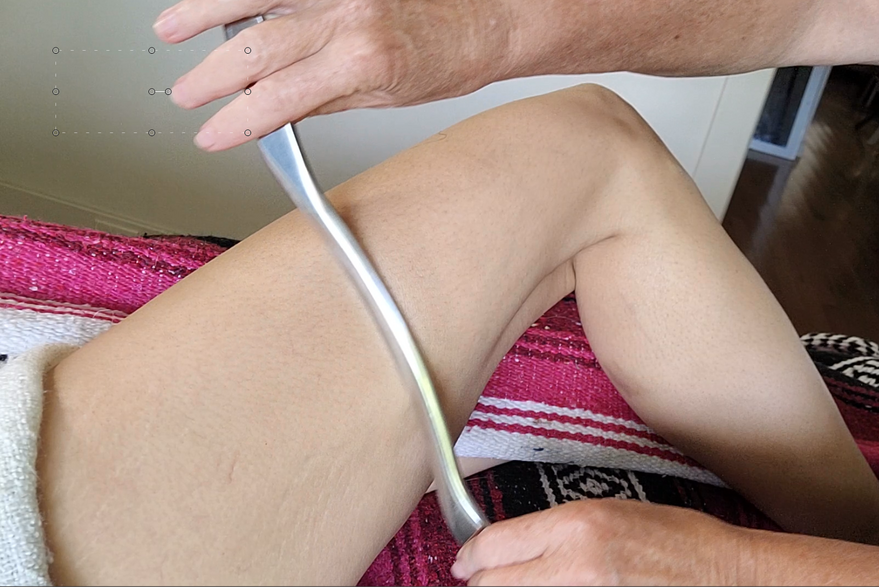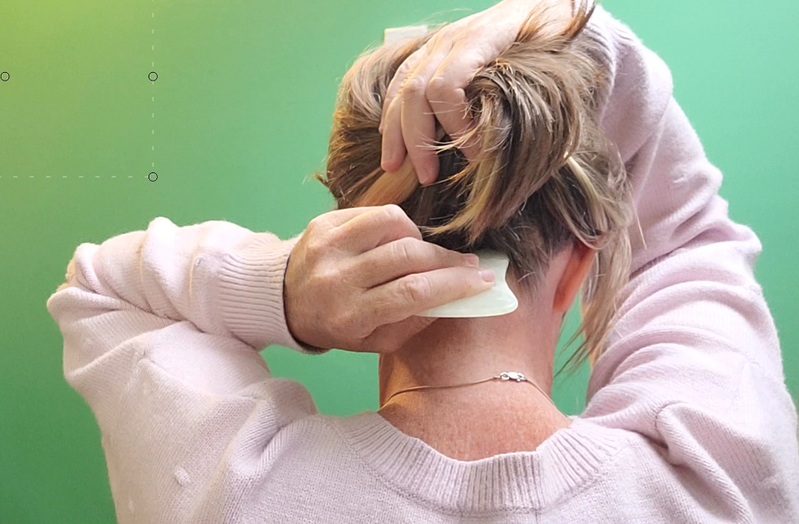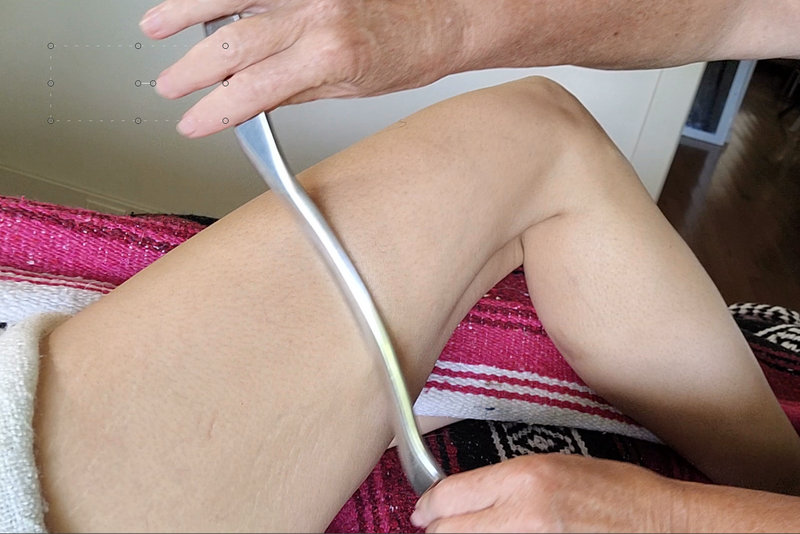GUA SHA, Cupping, IASTM, or Graston?

Gua sha, IASTM, cupping and GrastonTM technique are all manual therapy techniques used to treat musculoskeletal pain and dysfunction. While they have some similarities in terms of their goals and application, there are also some key differences between them. 
Gua sha is a traditional Chinese medicine technique that involves scraping the skin with a smooth-edged tool to release tension and promote healing. The tool used in gua sha can be made of a variety of materials, including jade, metal, plastic and animal horns. Gua sha is a specific technique used on the back, neck, and shoulders to treat pain, stiffness, and tension. The therapist applies pressure to the skin with the tool, which causes microtrauma to the tissue and promotes the flow of blood and lymphatic fluid. Gua sha techniques are also used to treat the head, face, and neck and more recently used to treat lymphatic conditions.
IASTM (instrument-assisted soft tissue mobilization) is a technique that uses specifically designed tools to manipulate soft tissue. The tools used in IASTM are usually made of metal or plastic and have a variety of shapes and sizes. The therapist applies the tool to the skin to break up adhesions and scar tissue. IASTM is often used to treat chronic pain, sports injuries, and postural dysfunction.
 Graston technique is a form of IASTM that uses patented stainless steel instruments to detect and treat soft tissue restrictions. Graston technique is often used by physical therapists and chiropractors to treat a wide range of musculoskeletal conditions, including tendonitis, sprains, strains, and chronic pain. The therapist uses the instruments to apply pressure to the skin and underlying soft tissue, which breaks up adhesions and scar tissue and promotes the healing process.
Graston technique is a form of IASTM that uses patented stainless steel instruments to detect and treat soft tissue restrictions. Graston technique is often used by physical therapists and chiropractors to treat a wide range of musculoskeletal conditions, including tendonitis, sprains, strains, and chronic pain. The therapist uses the instruments to apply pressure to the skin and underlying soft tissue, which breaks up adhesions and scar tissue and promotes the healing process.
So what are the similarities between these three techniques? All three techniques are used to treat musculoskeletal pain and dysfunction, and all involve the use of manual therapy techniques to manipulate soft tissue. They are also all designed to promote healing by increasing blood flow and breaking up scar tissue and adhesions.
However, there are also some key differences between the three techniques. Gua sha is a traditional Chinese medicine technique that has been used for thousands of years, while IASTM and Graston technique are more recent innovations. Both IASTM and Graston are offshoots of traditional Gua sha. Gua sha uses a smooth-edged tool to scrape the skin and manipulate the soft tissue, while IASTM and Graston technique use specifically designed instruments. Additionally, while IASTM and Graston technique are primarily used on the torso and limbs to treat musculoskeletal and soft tissue conditions, gua sha uses ancient and modern techniques and a unlimited number of tools to treat a variety of conditions including soft tissue conditions, circulation, lymphatic circulation and blood flow.
In conclusion, gua sha, IASTM, and Graston technique are all effective manual therapy techniques for treating musculoskeletal pain and dysfunction. While they have some similarities, they also have some key differences in terms of their application and the tools used.
If you would like to join my free training where I talk about the 3 most common mistakes practitioners make when learning gua sha, as well as the 4 keys to gua sha mastery, click this link and you will be taken to the free training.


0 comments
Leave a comment